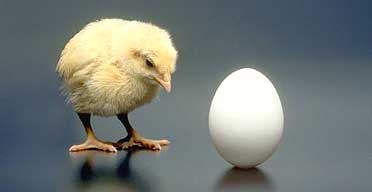|
J Strength Cond Res. 2012 Oct;26(10):2712-2720.
Small-Sided
Games Versus Interval Training in Amateur Soccer Players: Effects on the
Aerobic Capacity and the Ability to Perform Intermittent Exercises With
Changes of Direction.
Dellal A, Varliette C, Owen A, Chirico EN, Pialoux
V.
Source
1Department of Fitness Training and Research,
Olympic Lyon FC (Soccer), Lyon, France 2Sport Science and Research
Department, Orthopedic Health Clinic, Lyon, France 3Tunisian Research
Laboratory "Sport Performance Optimization," National Center of
Medicine and Science in Sport, Tunis, Tunisia 4Department of Sport Sciences,
Center of Research and Innovation on Sport, University Claude Bernard Lyon 1,
University of Lyon, Villeurbanne, France 5Sports Science Department, Glasgow
Rangers Football Club, Glasgow, Scotland.
Abstract
ABSTRACT: Dellal, A, Varliette, C, Owen, A, Chirico,
EN, and Pialoux, V. Small-sided games versus interval training in amateur
soccer players: Effects on the aerobic capacity and the ability to perform
intermittent exercises with changes of direction. J Strength Cond Res 26(10):
2712-2720, 2012-The purpose of this study was to compare the effects of
small-sided games (SSGs) in soccer versus high-intensity intermittent
training (HIT) on a continuous aerobic test (Vameval) and the performance in
an intermittent test with changes of direction (CODs; 30-15 intermittent
fitness test [30-15IFT]). Twenty-two amateur soccer players (mean age ± SD:
26.3 ± 4.7 years) were assigned to 3 different groups for 6 weeks: SSG group
(n = 8), HIT group (n = 8), and control group (CG; n = 6). In addition to the
usual technical and tactical sessions and competitive games, the SSG group
performed 9 sessions of 2 versus 2 and 1 versus 1 SSGs, whereas the HIT group
performed 9 sessions of intermittent runs in the form of 30 seconds of effort
interspersed with 30 seconds of passive recovery (30s-30s), 15s-15s, and
10s-10s. The HIT and SSG groups showed performance improvements in the
Vameval test (5.1 and 6.6%, respectively) and the 30-15IFT intermittent test
with CODs (5.1 and 5.8%, respectively), whereas there was no change in the
performance of the CG. Players from HIT and SSG groups showed similar
increase in their performance in the 30-15IFT and the Vameval tests during
the 6-week training period, especially with an increase significantly
different to that in a traditional training as in the CG (p < 0.05). This
investigation demonstrates that both SSG and HIT interventions are equally
effective in developing the aerobic capacity and the ability to perform
intermittent exercises with CODs in male amateur soccer players. Furthermore,
these 2 methods of training applied during the 6 weeks induce similar effect
on the recovery capacity and on the ability to repeat directional changes of
180°. Coaches will now be able to choose between these two methods according
to the objective of the training and to optimize the training.
|



.JPG)
